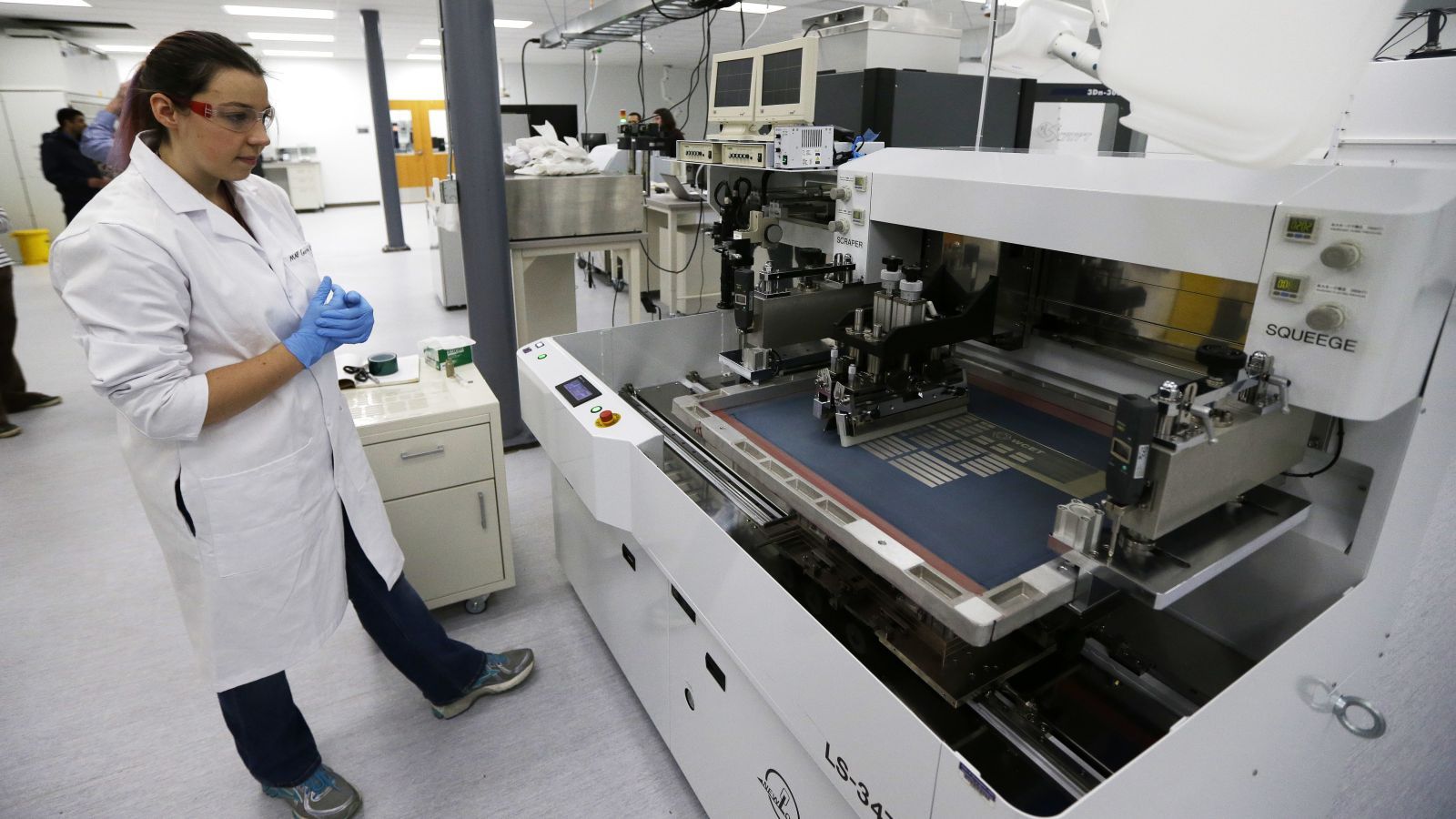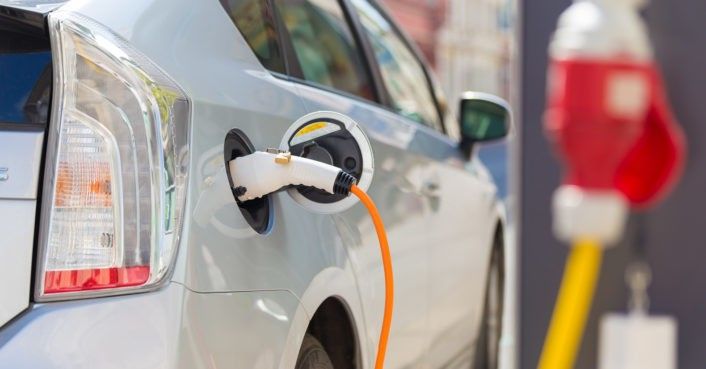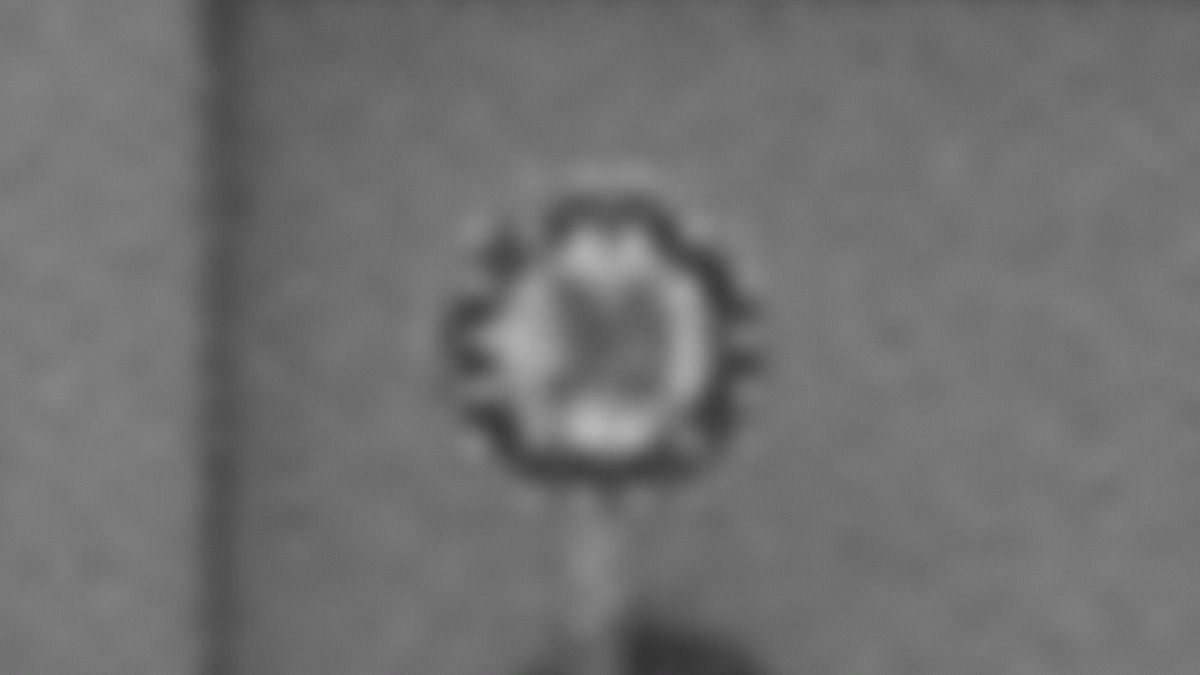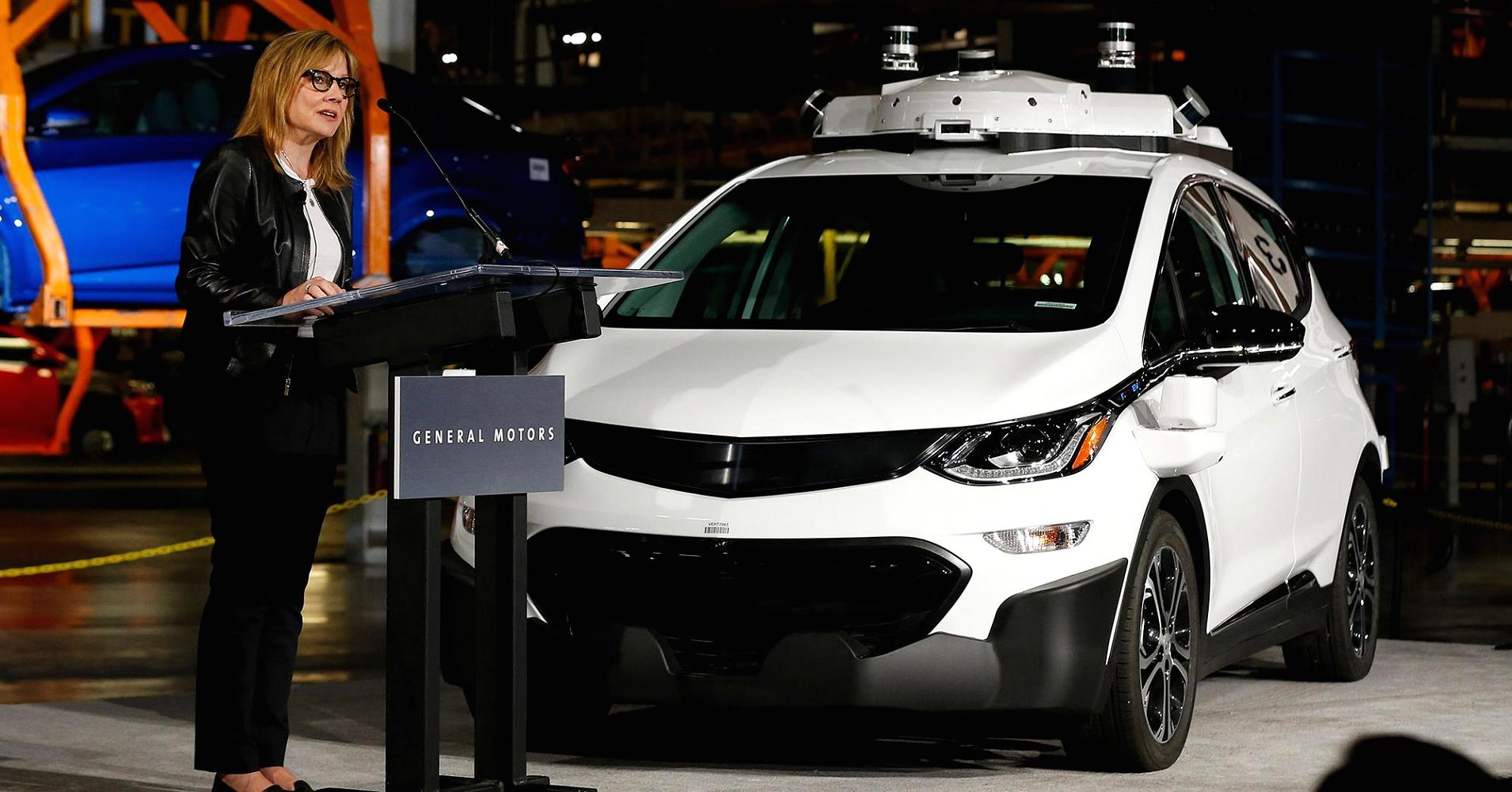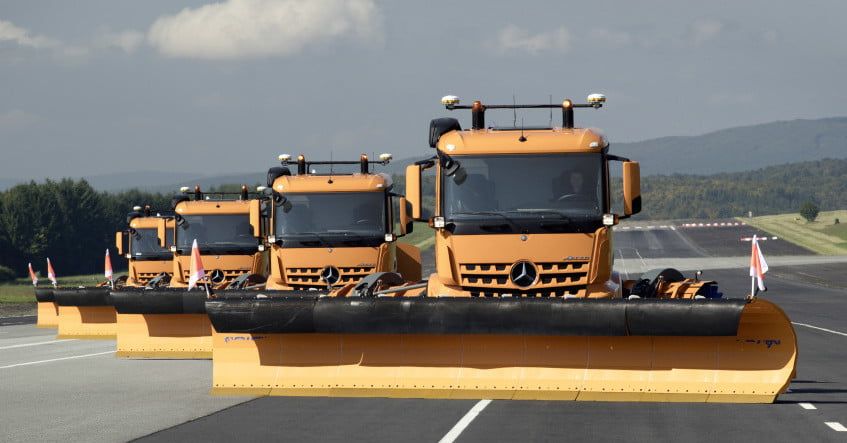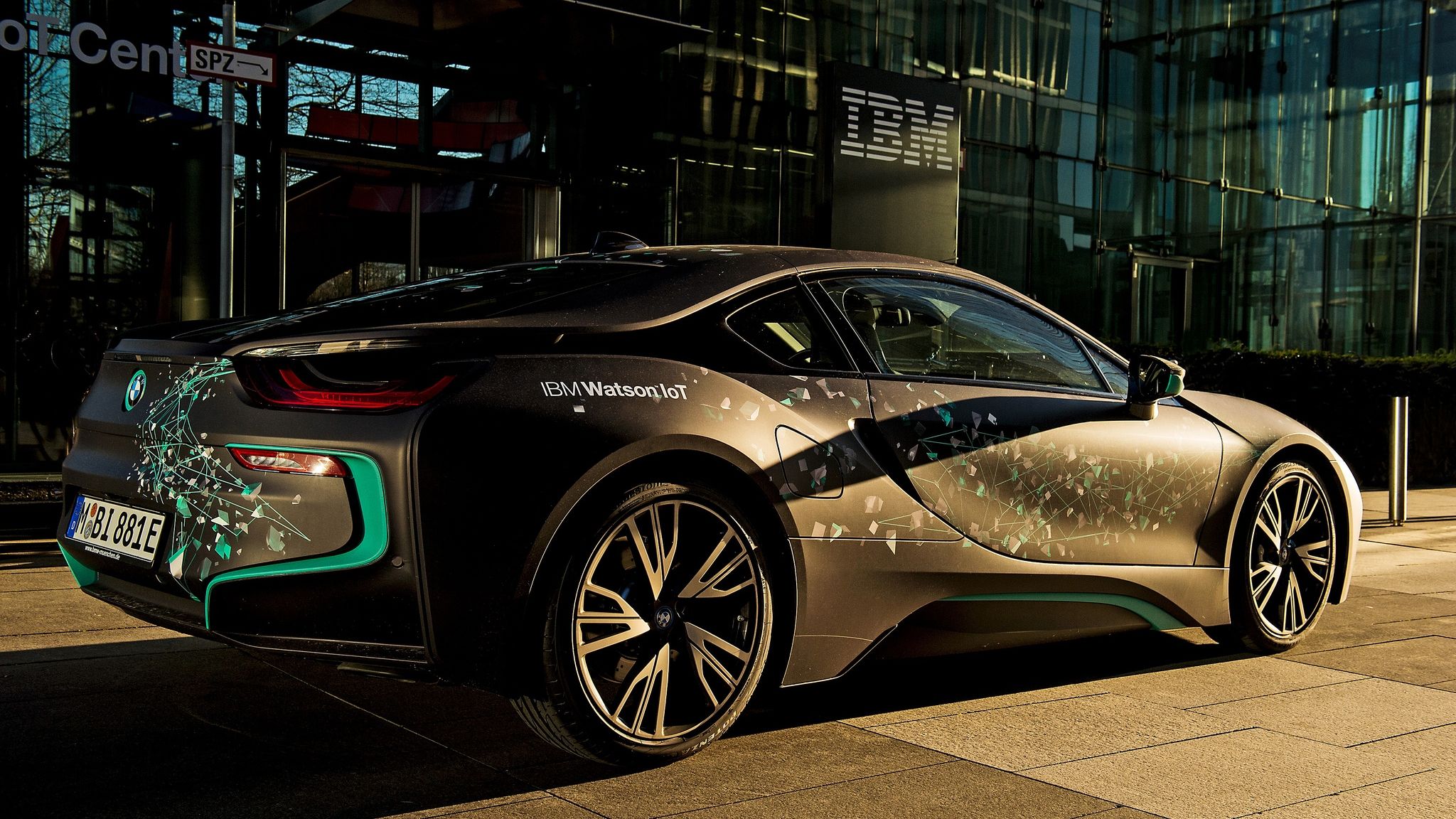Artificial intelligence has historically over-promised and under-delivered. That routine leads to spurts of what those in the field call “hype”—outsized excitement about the potential of a core technology—followed after a few years and several million (or billion) dollars by crashing disappointment. In the end, we still don’t have the flying cars or realistic robot dogs we were promised.
But DeepMind’s AlphaGo, a star pupil in a time we’ll likely look back on as a golden age of AI research, has made a habit of blowing away experts’ notions of what’s possible. When DeepMind announced that the AI system could play Go on a professional level, masters of the game said it was too complex for any machine. They were wrong.
Now AlphaGo Zero, the AI’s latest iteration, is being set to tasks outside of the 19×19 Go board, according to DeepMind co-founder Demis Hassabis.
